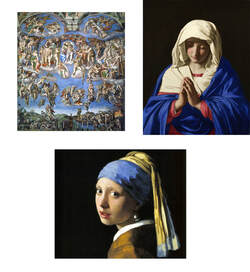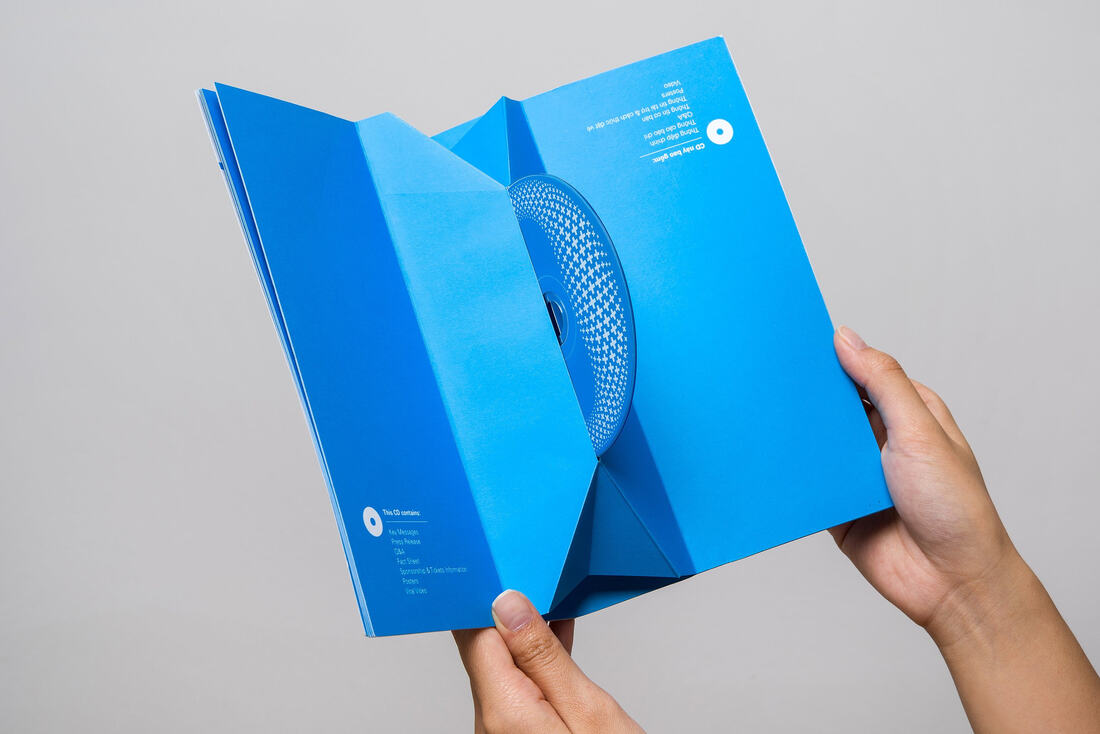 (This post is part of a series about the color blue, which has become a symbol of our evolution over the last fifteen years.) In a time when blue appears on everything from automobiles to sports drinks, it might be hard to believe there was an era when blue was one of the rarest colors in the world. Ultramarine, a vibrant blue, was used sparingly before the 19th century. Made from a difficult to process mineral found in Afghanistan called lapis lazuli, the color was said to be as precious as gold. Renaissance artists would commonly rely on generous patrons for their coveted ultramarine paint, saving it for their most important subjects – such as the Virgin Mary.
As technology advanced, so did the methods to process and produce dyes and pigments. By 1706, the first synthetic blue was made – a lightfast hue called Prussian blue. By the time a synthetic ultramarine was created in the early 1800s, Prussian blue was widely in use. Though blue has not returned to its rare commodity status – it is, in fact, America’s favorite color – many things have experienced the ebb and flow of popularity thanks to technological advances. A great example is a handwritten note. Once the predominant form of conversation, it was driven to obscurity with the rise of email, texting and social media. Yet, one only needs to take a stroll by popular sites like Minted or walk into any major retailer or local shop to know that the handwritten note is not only treasured again – it’s in vogue. Print has had a similar story. The invention of moveable type followed by Gutenberg’s press brought with it the European print revolution and ushered in a new era of enlightenment and communication. An array of printing press technologies and advancements in inks, substrates and press components made print an increasingly common, resonant and visually complex medium to communicate for centuries. As the era of digital communication arrived, it seemed print was entering its swan song. Digital was in. Print was dead… or dying, they said. For decades artists had been hearing the same conclusion about painting in the midst of new media, and it seemed its graphic arts cousin was facing the same fate. But like all true love stories, we as a society find ourselves irresistibly drawn to objects: newspapers, books, photographs, greeting cards, maps, packaging. As Vint Cerf of Google cautioned, “If there are photos you really care about, print them out.” Some things are worth treasuring, worth committing to an indelible medium that has longevity on its side – whether it’s the lapis lazuli blue in the Christ child’s robes or the blue crayon that composed your child’s first drawing. Comments are closed.
|
|
904 Main Street, Wilmington, MA 01887
545 8th Avenue, New York, NY 10018 (978)-658-4200 Copyright ® 2024 Kirkwood Printing, LLC |


